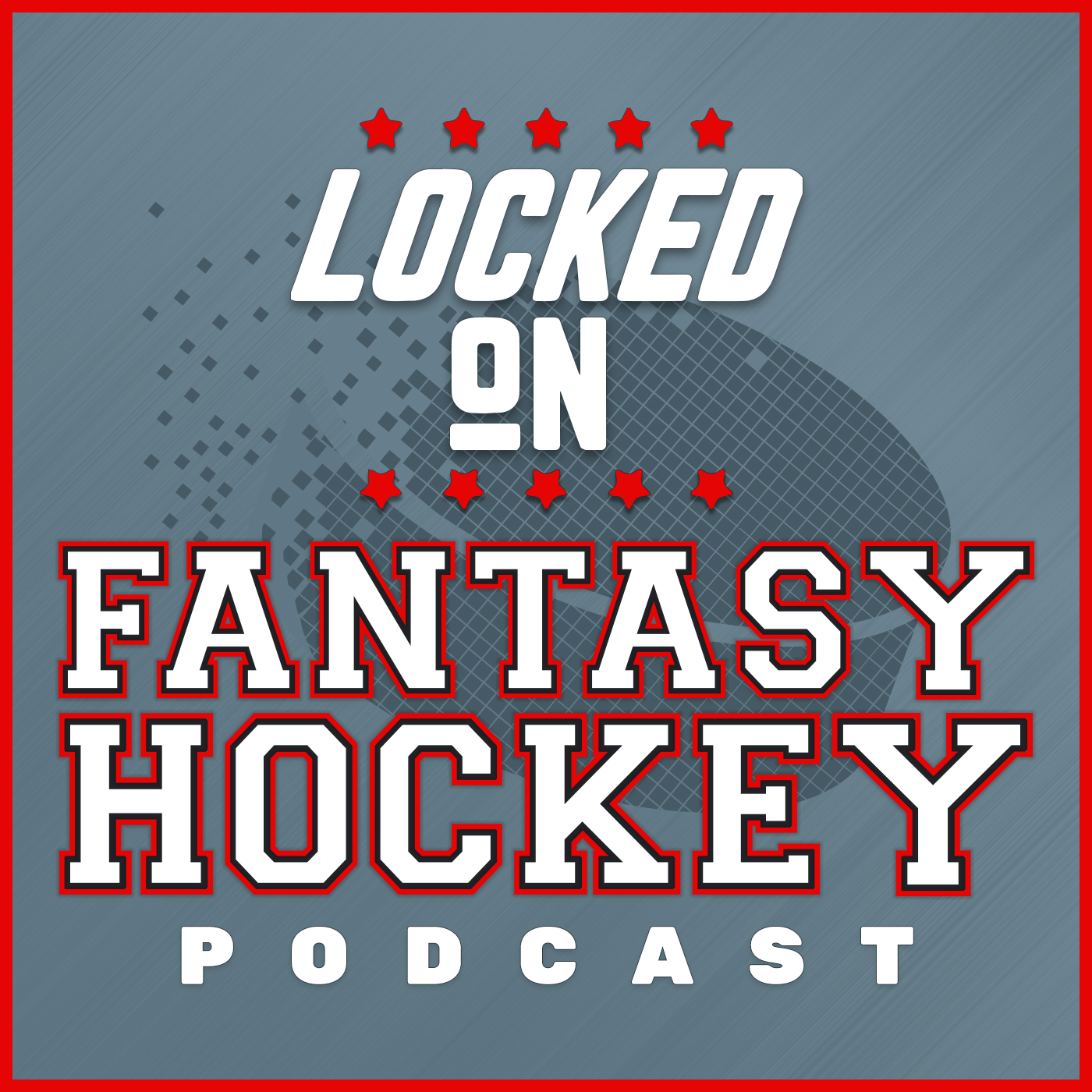Recession Watch
Looking for a Break The Fed will be looking at a lot of data this week, which will be used to drive their interest rate decision. Many market participants expect the Fed to raise rates by 0.25 taking the Fed funds rate from 5.25% to 5.5%. This is widely anticipated and likely already priced in the markets. What is important is what the Federal Reserve Chairman says after that decision. Many people feel inflation is coming down, so why does the Fed have to continue raising interest rates? The Fed traditionally hikes rates until something breaks. The Fed wants the price of everything to come down, such as stocks, bonds, cars, houses, etc., and they’re not necessarily seeing that. This is why the Fed typically raises rates until something cracks or breaks. The economy is continuing to muddle along, and nothing has really broken. The Fed’s largest direct impact is typically on leverage-driven parts of the economy, such as housing. The estimated monthly mortgage payment hit a recent high after taking a dip as interest rates started to fall and some of the housing prices started to roll over. Since then, housing prices have spiked back up along with interest rates, causing the monthly mortgage payment to increase to extremely high levels compared to recent history. This is primarily due to higher interest rates but also supply and demand. Existing homes available for sale are at a new all-time seasonal low, with almost no inventory available. This limited availability keeps housing prices high, which is a considerable input into core inflation. Core inflation is what’s challenging the Fed. The spread between core inflation and headline inflation is vast. We explained this in last week’s vlog. We’ve seen headline inflation come down, but core inflation remains sticky, which causes the Fed to want to continue to hike rates to try and break the back of this housing market or some part of the economy where they have direct influence. We aren’t seeing this; therefore, the Fed will likely continue to hike rates until we see something break. This is somewhat concerning for market participants due to not knowing when this will happen until, in hindsight, it’s already happened. Leading Economic Indicators We wanted to take a detailed look at the current economy to see what the leading indicators are saying about the economy. We continue to get many questions from clients wondering if economists are on track with their call for a recession. We wanted to share a heatmap that we continuously look at weekly that shows ten leading economic indicators. In this episode, you will see a historical recession data chart. The blue boxes on this chart show where each indicator historically has been near recession, and the grey box shows where the indicator currently is. Payrolls and the unemployment rate are strong indicators that say we’re not close to a recession based on history. However, industrial production is one indicator that is showing weakness. Other indicators showing weakness are capacity utilization, a measure of output, and two indicators connected to manufacturing. The two indicators we are focused on are retail auto sales and housing starts; both are well above where they have been in previous recessions. It’s important to note that recessions are a contagion. With five primary indicators still well above recessionary levels, we are inclined to say the economy is still growing strong. We would need to see most of these indicators showing weakness to say that a recession is probable, and we are not seeing that right now. This week’s question will be what the Fed says about future rate hikes, which could cause some of these indicators to turn lower. We will continue to keep an eye on this data in the upcoming weeks to see what impact it could have on future markets and the economy. Bobby No



